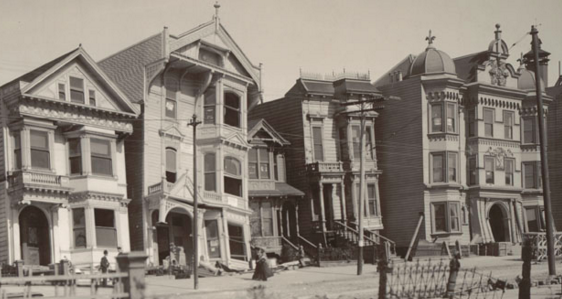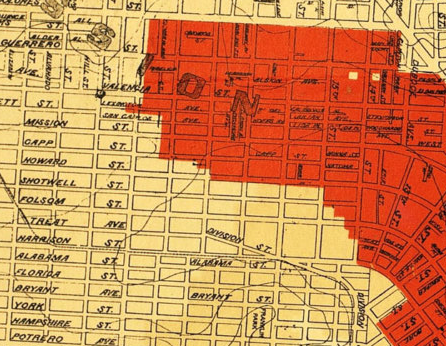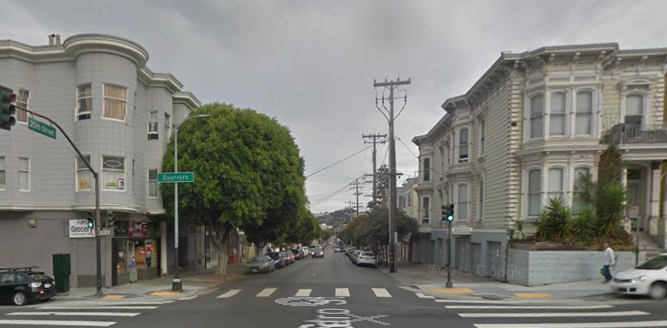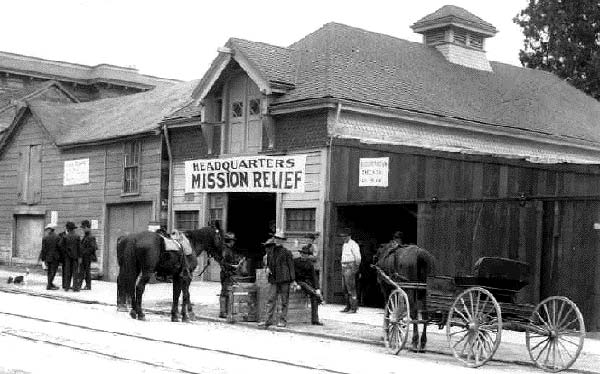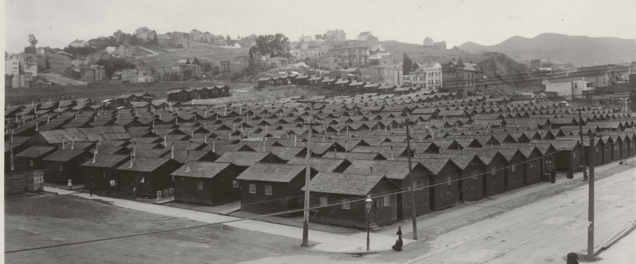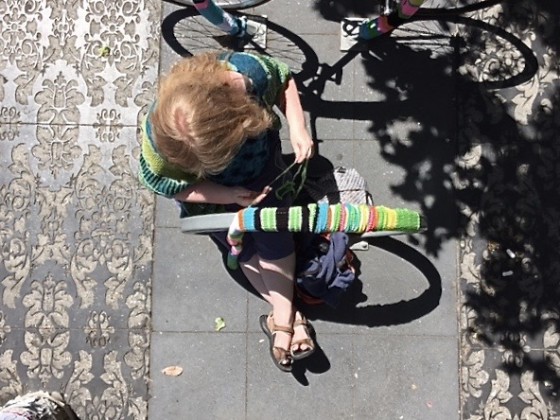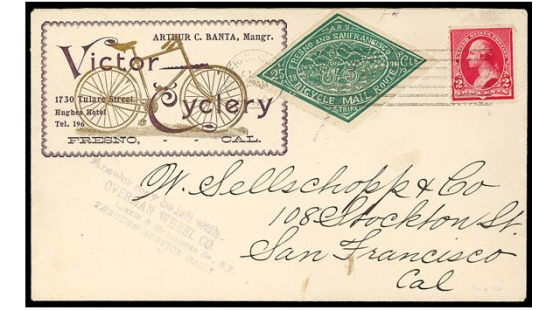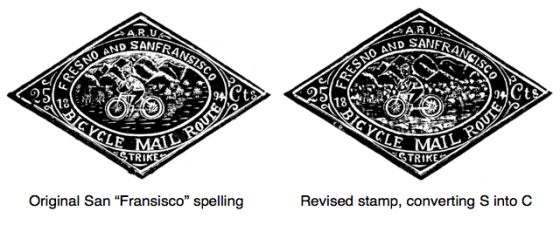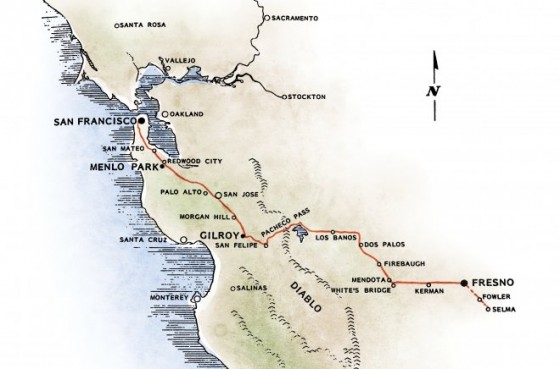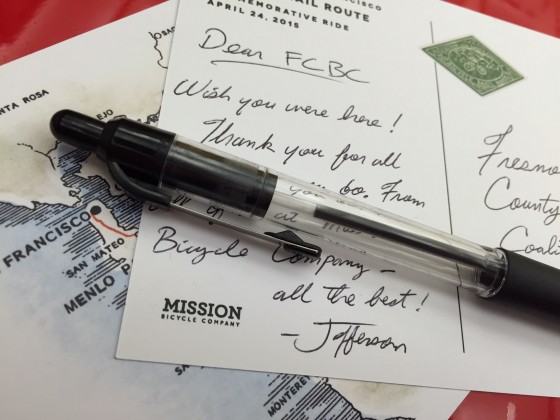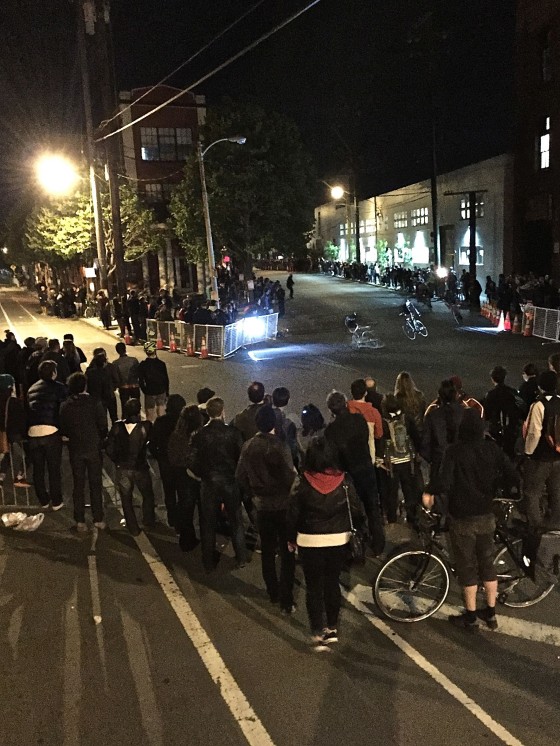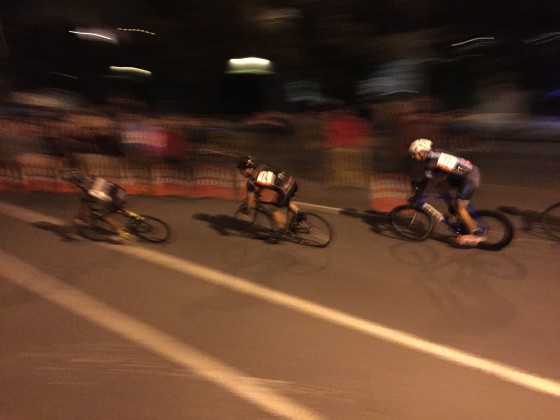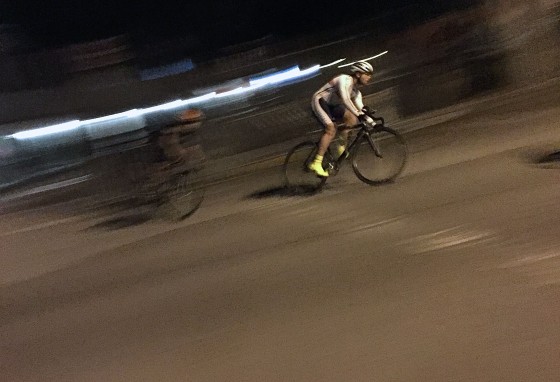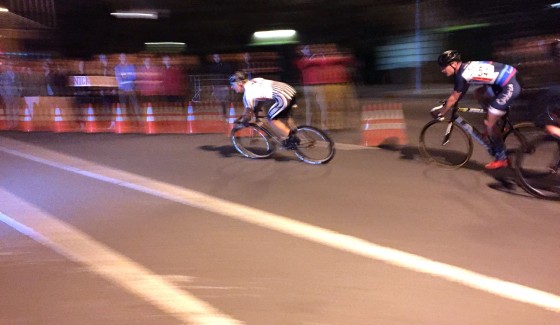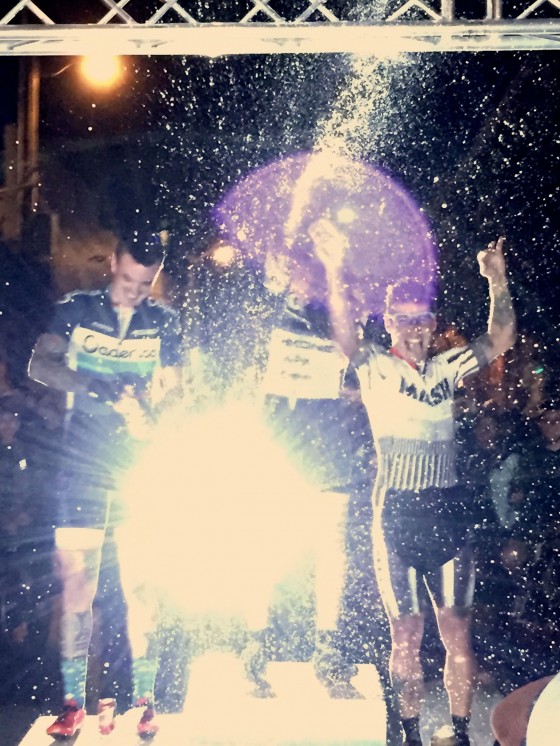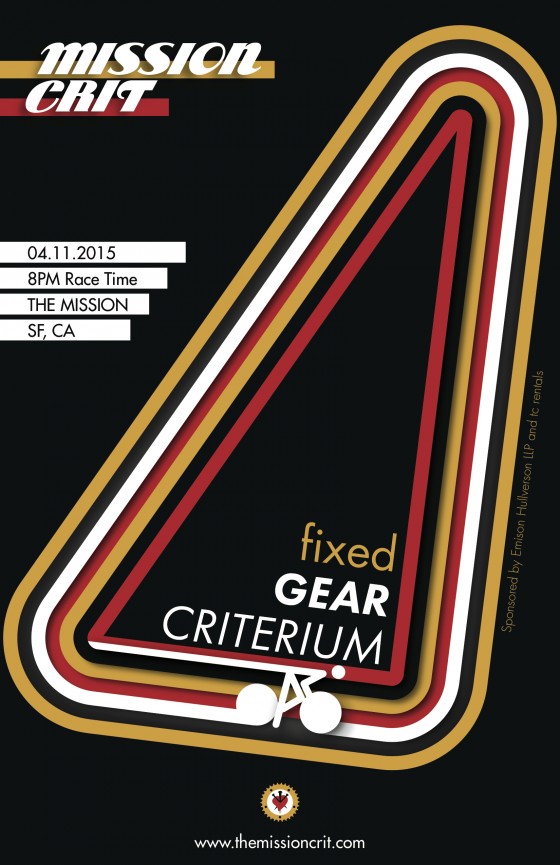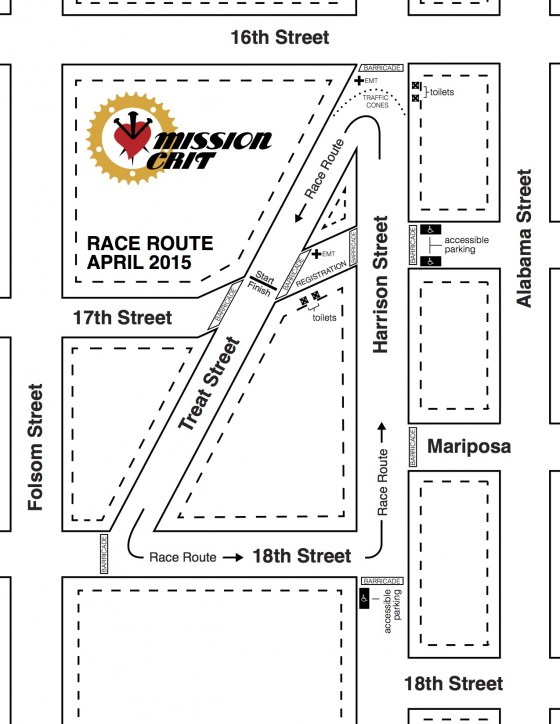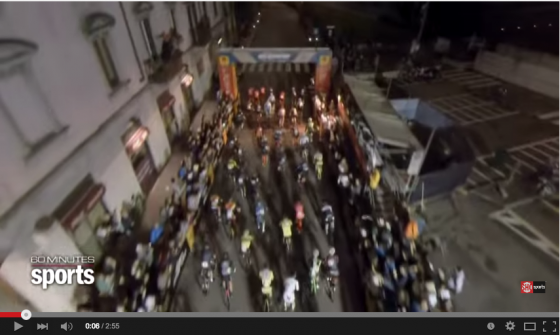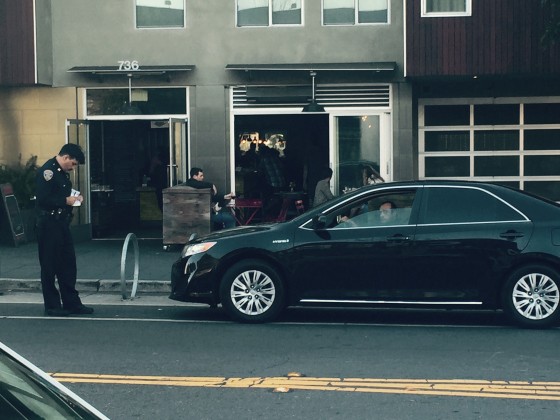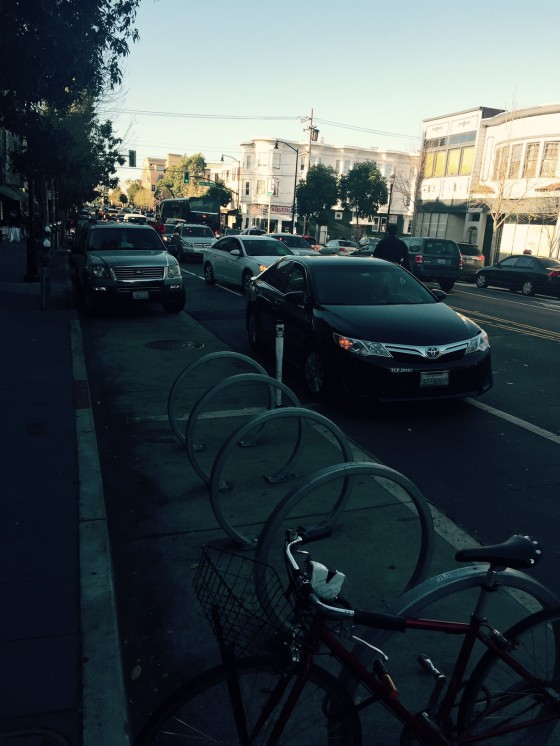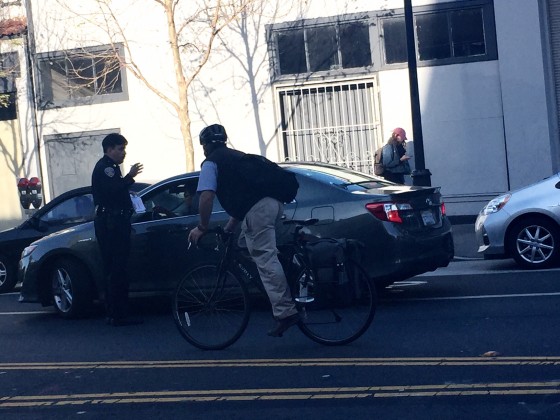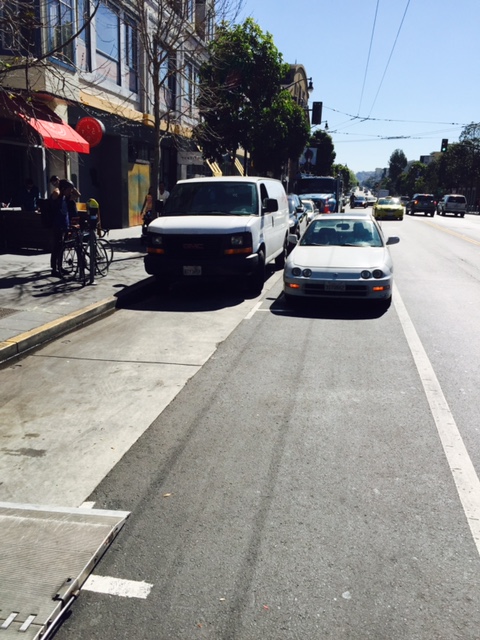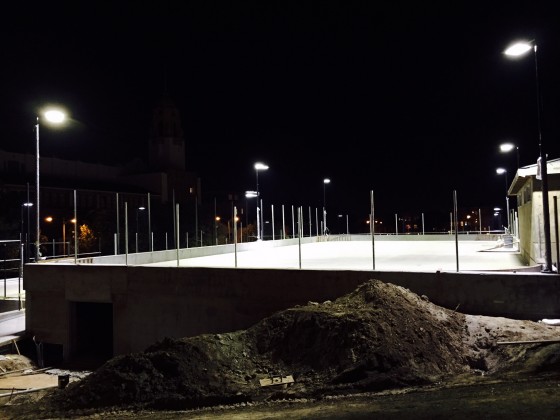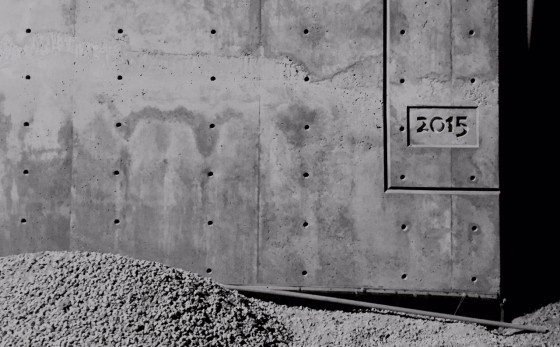Full disclosure: As the project manager, I may be biased. Feel free to take this post with a grain of salt.

So here’s what’s up. Tomorrow, Mission Bicycle unveils (thanks to Betabrand for the veil) what we’ve been working on for the last 2 years.
- Integrated lights
- GPS tracking
Starting in 2018, all Mission Bicycles will come with theft-proof lighting. Front and rear.

Two lights, one battery, one button. Close to a month’s worth of commutes with one charge of a removable rechargeable battery.
Mission Bicycle is adding a GPS tracking device to help reunite bike owners with their bikes in the event of theft. “The bike industry regularly takes note at what’s happening in the Mission. The suits literally come into our store for ‘inspiration.’ ” gloated Jefferson McCarley, General Manager of Mission Bicycle Co. “I actually hope they rip us off.” McCarley said. “More bikes on the street with GPS tracking will help us move the needle in reducing bike theft. Might take them a couple of years, but I really do hope that more bike companies can figure this out.”

An Android and ios app shows Mission owners where the bike is at all times.
Tuesday night at 6:00, Mission Bicycle staff will be on hand to answer questions and demo two prototype bikes in their R&D workshop which is located on the 2nd floor over the 766 Valencia storefront.
If Mission Bicycle Company’s Kickstarter campaign is funded then the LYRA will be available later this year to Kickstarter backers and to the general public in 2018.
The company is planning to host a Bait Bike project in June as a part of their research and development. We’ll be posting videos of those adventures here.




